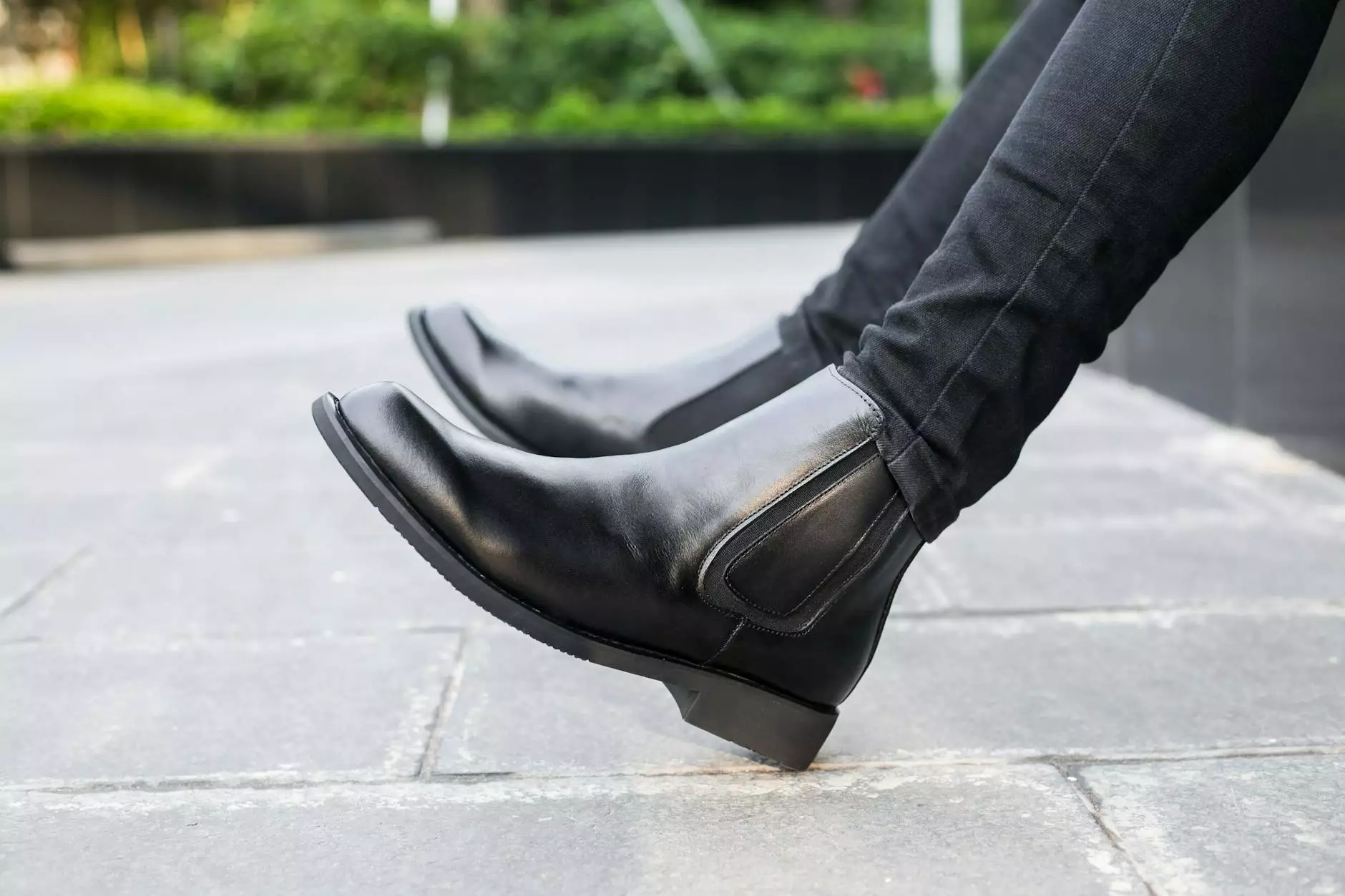Understanding Chronic Leg Swelling

Chronic leg swelling, also known as edema, is a condition that affects millions of individuals around the globe. This article aims to provide a comprehensive understanding of the causes, symptoms, and treatments for this frequently encountered condition.
What is Chronic Leg Swelling?
Chronic leg swelling refers to the persistent accumulation of fluid in the tissues of the legs, leading to noticeable swelling and discomfort. While occasional swelling can arise from factors such as prolonged standing or minor injuries, chronic swelling indicates an underlying medical condition that requires attention.
Common Causes of Chronic Leg Swelling
Understanding the underlying causes of chronic leg swelling is essential for effective management. Here are some of the most common culprits:
- Venous Insufficiency: This is one of the primary causes of chronic leg swelling. It occurs when veins struggle to send blood from the legs back to the heart. Poor circulation leads to fluid buildup and swelling.
- Heart Failure: When the heart cannot pump blood effectively, fluid can accumulate in various parts of the body, including the legs.
- Liver Disease: Conditions such as cirrhosis can lead to changes in the body’s fluid balance, resulting in swelling of the legs.
- Kidney Problems: Impaired kidney function can hinder the body’s ability to remove excess fluid, leading to swelling.
- Infections and Inflammatory Conditions: Any form of infection or inflammation in the body can lead to localized swelling, particularly in the legs.
- Obesity: Excess weight can exert pressure on the veins, causing them to function poorly and resulting in fluid accumulation.
- Medication Side Effects: Certain medications, particularly those for high blood pressure, can cause swelling as a side effect.
Recognizing Symptoms of Chronic Leg Swelling
Identifying chronic leg swelling involves recognizing its symptoms. Besides noticeable swelling, individuals may experience:
- Pain or Discomfort: Swelling can lead to feelings of heaviness, aching, or tightness in the legs.
- Skin Changes: The skin may appear stretched, shiny, or discolored in the affected areas.
- Limited Mobility: Swelling can hinder regular movement and mobility, making it challenging to walk or engage in physical activity.
- Warmth: In some cases, the swollen area may feel warm to the touch, indicating inflammation.
The Importance of Seeking Medical Attention
While minor swelling can be common and might resolve on its own, chronic leg swelling often indicates a more serious health condition. It is crucial for individuals to seek medical attention if they experience persistent swelling alongside:
- A sudden increase in swelling
- Pain in the legs
- Shortness of breath
- Chest pain
- Signs of infection, such as redness or fever
Diagnostic Procedures
When a patient presents with chronic leg swelling, healthcare providers may employ several diagnostic methods to identify the underlying cause:
- Medical History Review: A thorough history of the patient’s health, lifestyle, and symptoms will help guide diagnosis.
- Physical Examination: The doctor will assess the legs visually and physically to understand the severity and extent of the swelling.
- Ultrasound: This imaging technique can evaluate blood flow in the veins and identify any blockages.
- Blood Tests: Tests may be conducted to assess kidney and liver functions, as well as other potential issues contributing to swelling.
Management and Treatment Options
Treatment for chronic leg swelling depends significantly on its root cause. Here are some standard approaches:
1. Lifestyle Modifications
Making changes to everyday habits can play a vital role in managing chronic leg swelling:
- Elevation: Keeping legs elevated can help reduce swelling by promoting fluid drainage.
- Compression Stockings: Specialized stockings can improve circulation and decrease swelling in the legs.
- Regular Exercise: Engaging in light exercises, such as walking or swimming, can enhance circulation and strengthen leg muscles.
- Weight Management: Reducing weight can alleviate pressure on the veins and improve overall health.
2. Medical Treatments
For cases where lifestyle changes are insufficient, medical interventions may be necessary:
- Medication: Diuretics may be prescribed to reduce fluid retention, while anticoagulants can prevent blood clots.
- Therapeutic Procedures: In cases of venous insufficiency, procedures such as sclerotherapy or endovenous laser therapy can treat underlying vein issues.
- Surgery: Severe cases might require surgical intervention to correct vascular problems. This could involve stripping or closing off problematic veins.
Preventing Chronic Leg Swelling
Prevention is often the best approach for chronic leg swelling. Here are some tips to help minimize the risk:
- Stay Active: Regular physical activity increases muscle strength and promotes vein health.
- Avoid Prolonged Sitting or Standing: Take breaks and change positions to encourage proper blood flow.
- Healthy Diet: Consuming a balanced diet rich in fruits, vegetables, whole grains, and adequate hydration helps maintain proper fluid balance in the body.
- Monitor Weight: Keeping a healthy weight reduces the likelihood of chronic swelling.
Conclusion
Chronic leg swelling is an often overlooked condition that can significantly affect an individual’s quality of life. By understanding its causes, recognizing its symptoms, and seeking appropriate treatment, those affected can manage their condition effectively. If you or someone you know is suffering from chronic leg swelling, it is crucial to consult experts such as those found at Truffles Vein Specialists. Their dedicated team in Vascular Medicine can provide the necessary guidance and treatment to help reclaim your leg health.
Remember, addressing chronic leg swelling is vital not just for comfort but for overall cardiovascular health. Don’t hesitate to reach out to healthcare professionals to learn more about your options today!









